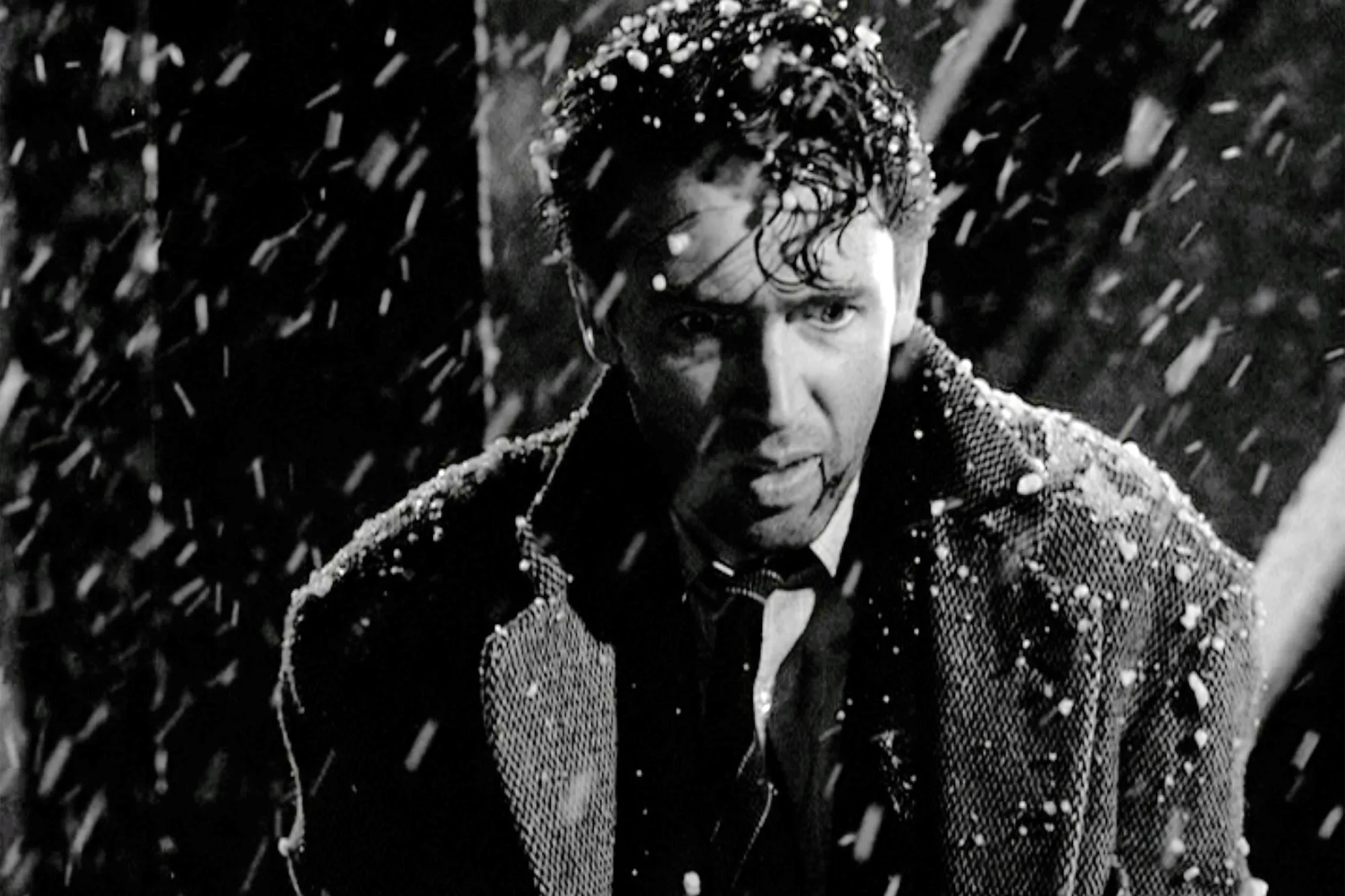 If you’ve ever wondered how Christmas movie makers create a winter wonderland clad in a mantle of snow while filming in a studio or outdoors on a summer day, wonder no further.
If you’ve ever wondered how Christmas movie makers create a winter wonderland clad in a mantle of snow while filming in a studio or outdoors on a summer day, wonder no further.
In the early days of Hollywood, directors tried a variety of substitutes for the sort of snow that never falls in southern California. Powdered gypsum, salts of various kinds, concrete dust, asbestos, cotton, and corn flakes were all used but found to have drawbacks. Bleached corn flakes looked good on the ground but couldn’t be made to waft — they fell straight down in an unconvincing fashion – or to bear footprints. Moreover, they also crackled when walked on.
Real snow was, of course, best but it was expensive to truck in and quickly melted. Shooting inside a refrigerated area froze up the cameras which had to be specially lubricated and covered in blankets. In the 1930s Warner Brothers studio invented a snow-making machine whose blades chopped up a huge block of ice and blew the particles through the air.
The filming of It’s A Wonderful Life in 1946 required massive amounts of snow for the streets of Bedford Falls. RKO studio technicians created a realistic substitute using foamite, a kind of carbon dioxide foam found in fire extinguishers, soap flakes, water, and sugar. This formula became the standard forsake snow until the 1980s and the invention of Snowcel, a paper product that was very good at imitating snowbanks.
Today, many of the technical challenges of convincing audiences that the snow they see is real have been solved in the animation studios. Digital effects now replace physical efforts to duplicate what Mother Nature gives so freely to Winnipeg for five months.